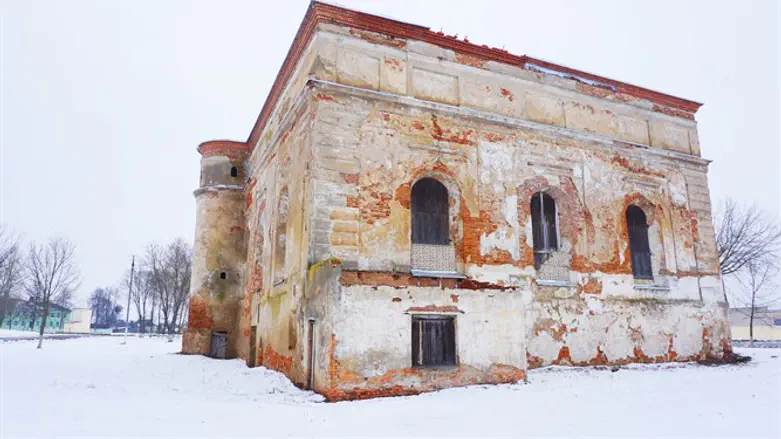
Eighty-three years after it was destroyed by the Nazis, a German synagogue has been reconstructed in digital form.
The Great Synagogue in Erfut, Germany, through a project of the local Jewish community and the state government, has been reconstructed as a 3D model of the synagogue, which can be accessed in a virtual reality environment.
They historic synagogue, which opened in 1884, was destroyed in an arson attack during a Nazi pogrom on November 9, 1938.
The virtual reality restoration was funded by the Thuringian State Chancellery as part of the “900 Years of Jewish Life in Thuringia” project, is the first synagogue in the state to be showcased using a virtual reality exhibit.
Using VR glasses and hand controllers, users can travel back in time, walking around inside the synagogue, experiencing it as if they were there. They can look at the bima and the ark and the Torah scrolls. There are also nine “stations of knowledge” that provide users with information on the history and architecture of the Moorish-style building whose main grate inscription reads, “For my house shall be called a house of prayer for all peoples.”
The project involved the participation of the Erfurt History Museums, the University of Erfurt, the University of Jena, the University of Applied Sciences in Erfurt and regional Rabbi Alexander Nechama.
(Arutz Sheva’s North American desk is keeping you updated until the start of Rosh Hashanah in New York. The time posted automatically on all Arutz Sheva articles, however, is Israeli time.)